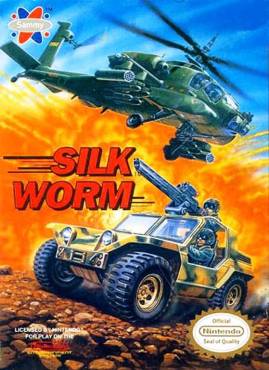Amstrad CPC[edit]
A simplified version of the arcade game. While there's less room, the enemies are generally weaker, and are decimated through co-op play (at least for the early levels). The gameplay is slower pased; most notibally, the mini-boss is less durable, and can be destroyed before it completely forms.
Atari ST[edit]
This version appears to be faithful towards the arcade version. With this port, players are given three additional credits to complete the game. Compared to the arcade version, there is much more room to maneuver against incoming attacks.
Commodore 64[edit]
Conversion was presented by The Saves Curve, now known as Square Enix Europe.
Players start with three lives, and the game must be completed on one credit. However, the miniboss that appears when destroying a a certain number of targets will prevent all other enemies from appearing on-screen.
With the small sprites, players have much more room to maneuver against enemy attacks.
Commodore Amiga[edit]
The gameplay in this version is similar to the conversion for the Atari ST. Unlike that system, the Amiga version doesn't play background music.
NES[edit]

Published by American Sammy Corp in 1990. It is one of the few ports that plays background music.
Includes only eight waves. The bosses are given a different image, and start with a ground vehicle boss rather than the helicopter.
Sinclair ZX Spectrum[edit]
A monochrome version of the Amstrad CPC port.